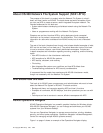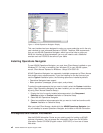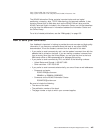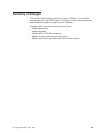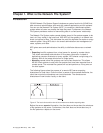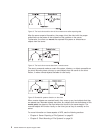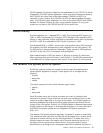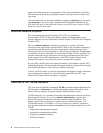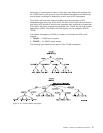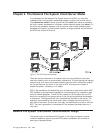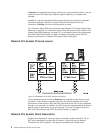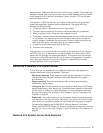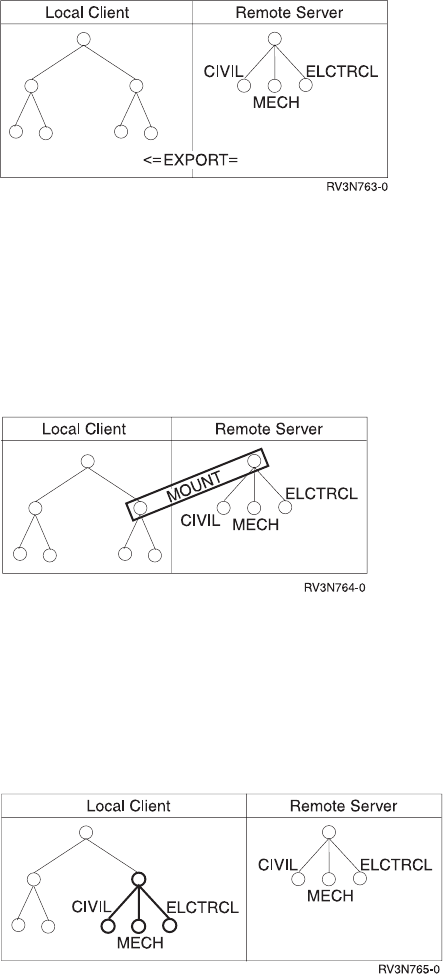
After the server exports information, the proper client (the client with the proper
authorities) can be aware of the existence of file systems on the server.
Furthermore, the client can mount the exported file systems or directories or
objects from the server.
The mount command makes a certain file system, directory, or object
accessible
on
the client. Mounting does not copy or move objects from the server to the client.
Rather, it makes
remote
objects available for use
locally
.
When remote objects are mounted locally, they
cover up
any local objects that they
are placed over. Mounted objects also cover any objects that are
downstream
of the
mount point, the place on the client where the mount to the server begins. The
mounted objects will function locally on the client just as they do remotely on the
server.
For more information on these aspects of NFS, see the following sections:
v “Chapter 4. Server Exporting of File Systems” on page 25
v “Chapter 5. Client Mounting of File Systems” on page 39
Figure 3. The local client and its view of the remote server after exporting data
Figure 4. The local client mounts data from a remote server
Figure 5. Remote file systems function on the client
2 OS/400 Network File System Support V4R4




